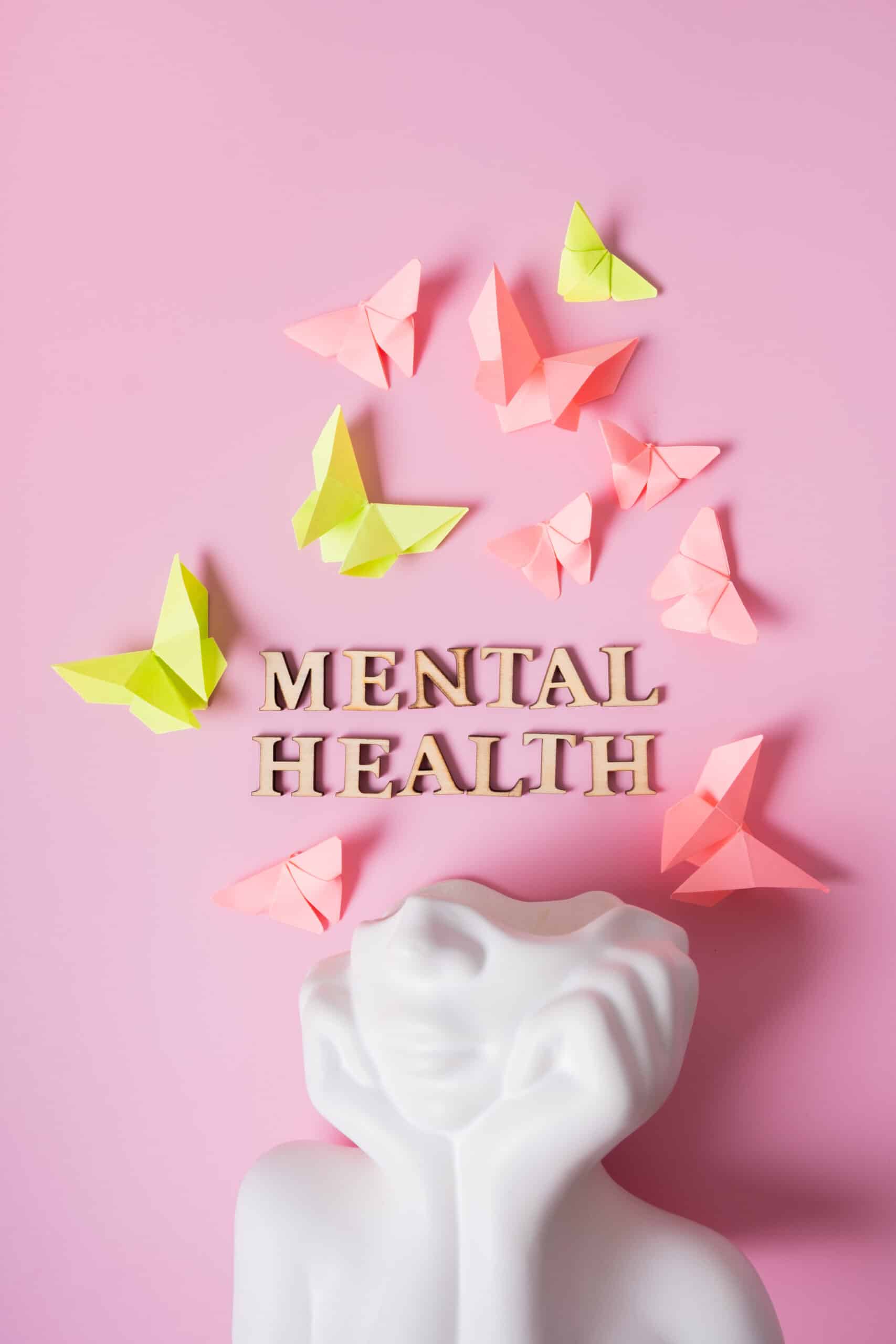Table of Contents
ToggleWhat Does Dual Diagnosis Mean?
Dual Diagnosis is also sometimes referred to as a co-occurring disorder. This simply means someone is suffering from both a substance/alcohol use disorder, as well as a mental illness. However, there may be times when one illness is more prevalent than the other.
What is a Substance/Alcohol Use Disorder?
According to the Substance Abuse and Mental Health Services Administration, substance use disorders occur when the recurrent use of alcohol/drugs causes clinically significant impairment, including health problems, disability, and failure to meet major responsibilities at work, school, or home.
The Link Between Substance Abuse and Mental Health
In a dual diagnosis, both the addiction and mental health diagnosis have symptoms that could make living a “normal” life difficult. To make matters worse, co-occurring disorders often affect each other.
Typically, if the mental health diagnosis gets ignored, or isn’t treated properly it could get worse. When that happens, substance use tends to increase. Sometimes even to the point of abuse. Then it becomes a cycle of increasing substance use which escalates mental health issues, and back around again and again.
What is an example of a Dual Diagnosis?
Let’s look at an example of a dual diagnosis.
Sam was diagnosed with Bipolar disorder when he was a teenager. He has been medicated off and on throughout his life. When he is feeling great, he sometimes stops taking his medication. This causes Sam to feel more out of control. When Sam feels out of control, he reaches for something to make him feel better.
Sam’s “reach” of choice is alcohol. He loves to go to his local pub and grab a beer to end his work day. When Sam isn’t treating his Bipolar disorder properly, that 1 beer after work becomes 3 or 4. Sam hates feeling so depressed, and guilty for letting his Bipolar disorder go untreated. So, when he is at the grocery store, he picks up a 12-pack to numb his feelings. But, because alcohol is a depressant, it does the opposite of numbing his feelings. It adds to his depressive state. Sam drinks that 12 pack quicker than he thought he would, so he goes and gets 2 more.
Before he knows it, Sam is suffering from an alcohol use disorder (AUD). So, now Sam is suffering from a mental illness that isn’t being treated properly, and an addiction.
The only way to get healthier from one of them is to treat both of them at the same time. This is because if you treat the addiction, but not the mental illness, Sam is still suffering for the same reasons he was when he started to abuse alcohol. On the flip side, if you treat the mental illness without treating the addiction, Sam may have his medication and therapies right, but he is still abusing alcohol and will tumble back into the same cycle again.
Are there Challenges in Treating a Dual Diagnosis?
There are many challenges to treating a dual diagnosis. In Sam’s case, treating Bipolar disorder and AUD requires many different modalities.
Bipolar disorder treatment could look like medication, paired with therapies. But, finding the correct medication, and dosage takes time. Therapies also don’t start healing people right away. So this part of Sam’s dual diagnosis treatment could take a while. Even though Sam knows this is the best path for him, it’s still not easy to go through the process. Especially when he is dealing with an AUD as well.
Treating an AUD typically starts with detoxifying the body in a medical detox program. After detox, Sam would start on his individually created treatment program. Most dual diagnosis treatment plans involve some time in an inpatient facility, then intensive outpatient. During this time, Sam would be attending meetings, and therapies, and using several methods to ensure he is healing the best way he can.
Doing the work it takes to get a mental illness under control is daunting, and exhausting. Paired with getting sober, and trying to stay clean can seem like an undoable task. That’s why it’s important to find a facility that specializes in dual diagnosis treatments, so the chances of recovery are high.
Are there Successful Treatments for a Dual Diagnosis?
Absolutely. Successful dual diagnosis treatments start with finding a capable, well-reputed treatment facility that specializes in dual diagnosis treatments.
In this example, we explored Bipolar disorder and AUD. Successful treatment of these diagnoses is vast because they are a very common pairing. Using a 12-step program for the AUD, & medication, and therapy for Bipolar disorder is a common combination of treatment plans for these diagnoses.
However, there are several others, like cognitive behavioral therapy, support groups, mindfulness therapies, and other holistic approaches are just some examples of the different ways addictions, and mental health disorders can be treated.
How Does Someone Start Treatment for a Dual Diagnosis?
A great start to finding integrated treatment for a dual diagnosis is to call Agape Treatment Center. They specialize in addiction treatment, and mental health treatment.
Their admissions coordinators are able to answer all of your questions and help you formulate a plan for your individual needs. Agape Treatment Center is a resort-like facility that has the capability to take someone from detox to inpatient, and beyond.

Stephanie Robilio is an accomplished Clinical Director at Agape Behavioral Healthcare. With a Master of Social Work degree, LCSW license, and extensive training in Rapid Resolution Therapy under her belt, she brings a wealth of expertise to her role. Her unique combination of education and experience allows her to provide exceptional care to clients and lead her team with confidence. Stephanie’s joy comes from witnessing the moments when her patients creatively connect the dots and bravely move toward reclaiming their power. Her purpose is to help individuals understand their past so they can create a future full of hope, growth, and success. Stephanie attributes a large portion of her success to the supportive culture and strong sense of community fostered by the Agape team.







